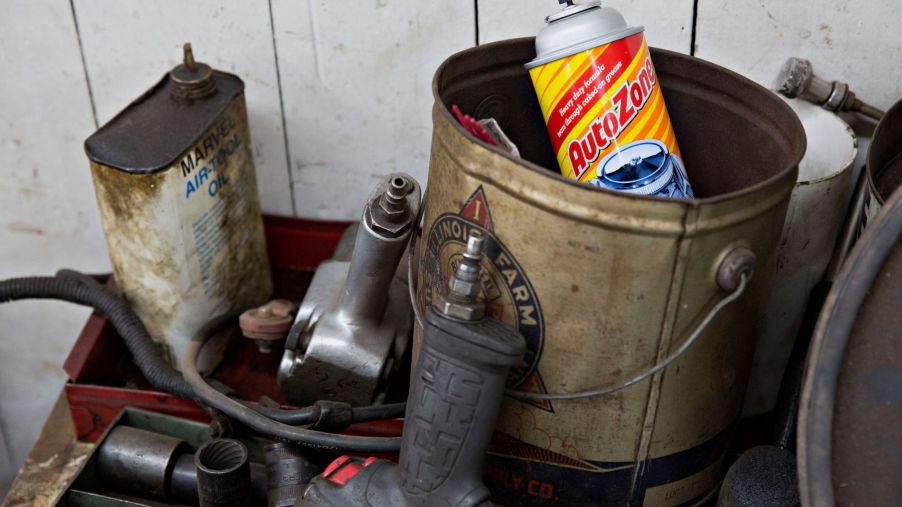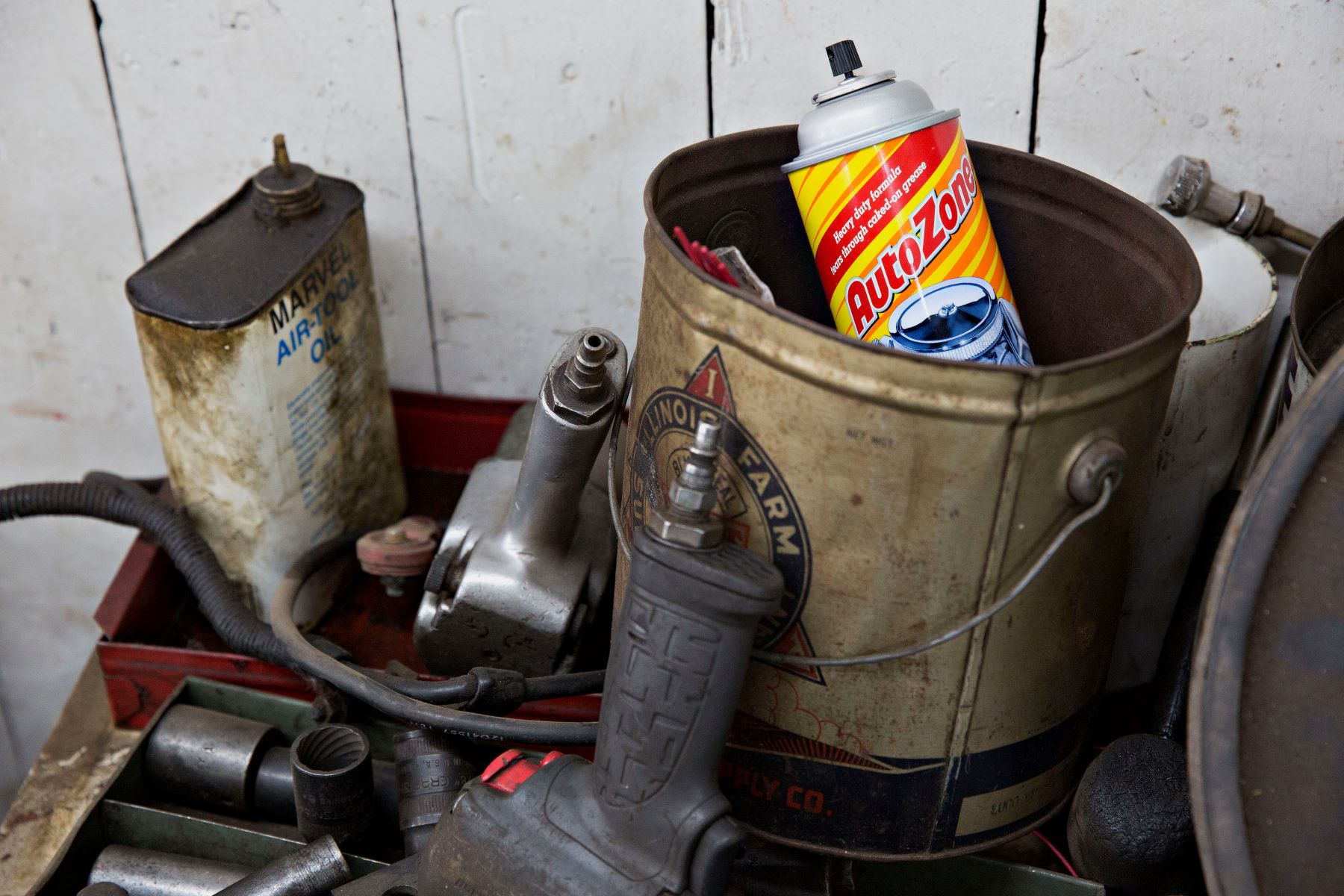
What Is an Engine Degreaser?
Since your car’s engine is what keeps it running, completing engine maintenance tasks must always be prioritized. You should get the oil changed regularly and refill your vehicle’s coolant level when necessary. Less frequently, you should also test the engine’s spark plugs and replace the fuel filter when it gets too dirty.
When your vehicle’s engine gets too grimy, it can sometimes affect your car’s performance. That’s why some drivers rely on engine degreaser and similar cleaning products to keep it in good shape. So, what is engine degreaser, and how does it work?
What is engine degreaser?

Also known as engine flush, engine degreaser is a kind of engine cleaning solution. According to Access Auto Insurance, you pour one into the oil-filter port so that it mixes with the oil inside.
You keep your car’s engine off while you apply the solution, then let it idle for 10-15 minutes as the solution circulates. Some engine flush products recommend degreasing the engine right before you change the oil.
Even though the hood of your car always covers your engine, particles of exterior dirt can still creep inside. Oil will also build up inside the engine if you don’t use synthetic oil or forget to change your car’s oil on time. Dirt and oil naturally accumulate over time, so even a well-maintained engine needs to be cleaned occasionally.
Engine degreaser will eliminate excess oil, dirt, and other contaminants that could be lingering inside your engine. In addition to improving the engine’s temperature regulation, flushing it can contribute to better gas mileage.
How often should you use an engine degreaser?
Access Insurance recommends cleaning your engine at least once every 35,000 miles. However, you may have to do cleanings more or less often, depending on what kind of vehicle you have.
That’s because thicker oil can improve an older engine’s acceleration and keep the engine bearings from wearing down. If your car has over 150,000 miles on the odometer, you may not have to clean the engine at all. Low-mileage cars that lack modern engine technology might need engine cleanings every 3,000-8,000 miles.
In addition to engine degreaser, cleaning your engine’s compartment bay can also be beneficial. Cleaning your engine is easy to do on your own, as outlined by Car and Driver. Keep your car off and let the engine cool if you’ve just gotten back from a drive.
Remove the engine’s plastic cover along with any electrical parts that could be dangerous after coming into contact with the solution. While many automotive stores carry specialized engine cleaners, you can also use any degreasing kitchen solution in a pinch. Spray the cleaner liberally throughout the engine compartment, scrubbing stubborn areas as necessary.
After the solution has a little time to set, you can rinse the compartment with a regular hose or power washer. Allow the entire compartment to dry completely before reattaching all the electrical components and the engine cover.
All the benefits of cleaning your engine
Keeping your engine’s oil port and compartment clean will help it last for as long as possible. Engine replacements typically cost thousands of dollars, whereas a crack or leak is much less expensive to fix. If you’re planning on reselling your vehicle in the future, it will demand a higher asking price with a healthy engine.
Proper cleaning protects the engine’s internal components from corrosion and makes regular maintenance easier. A clean engine is also safer, as excess oil can cause your engine to overheat or catch on fire. Engine cleaners and flush products are cheap and easy to use, so there’s no reason to fall behind on your car’s engine maintenance.


